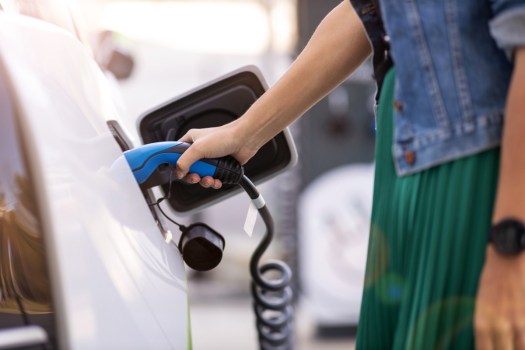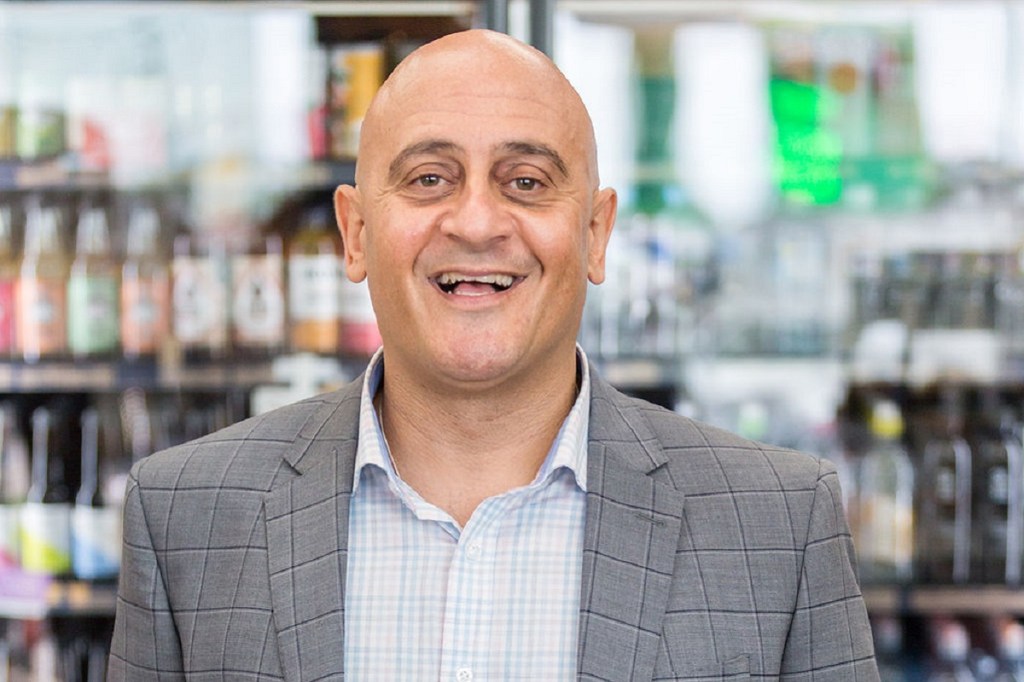
As electric and hybrid vehicle adoption gains momentum, the State and Federal Governments cannot afford to overlook the petrol and convenience industry, writes Theo Foukkare.
Three million – the number of publicly available electric vehicle chargers that McKinsey estimates we will need in Australia to support the electrification of our cars by 2030.
Three thousand. The number of public electric vehicle chargers currently active in Australia as of July 2022.
One thousand times more than what we have today to get to this level of support.
Over the next 15 years, Australians purchasing new cars will slowly transition to either buying an electric or hybrid (electric and fuel) vehicle. This means that the way we power our cars will evolve, albeit slowly. Fossil fuels will still be relied upon for many years, given the average time Australians hold into their car on is still approximately 10 plus years.
There are several factors that are holding back the implementation of EV charging facilities, with the key one being the significant investment required in upgrading the electricity grid to be able to cope with the increased future power needs. Costs can vary dependant on the site location, however, to upgrade a grid to prepare a site to offer fast charging (minimum 150kw), it can cost between $300,000-$500,000 per site. Slow chargers can be implemented for significantly lower costs however the commercial viability of this simply does not work.
Only now are we starting to see relatively small investment by the Federal and State Governments into public charging facilities, but in my opinion, this is simply smoke and mirrors to win over voters and portray a progressive position aligned to their zero emissions policy election commitments.
In most cases, these public charging facilities are in the middle of nowhere, without any facilities for consumers to rest, recharge, and feel safe.
Connecting major highways and arterial roads is only one part of the solution. Collaborating with the existing petrol and convenience retailers who have strategically positioned locations to keep Australians moving is what the Federal and State governments need to start to prioritise to ensure we can properly electrify Australia’s passenger and commercial vehicles.
By ignoring the petrol and convenience industry, of which 45 per cent are small family-owned and operated small businesses in consultation, these businesses may see their relevance become diminished over time.
When Australians stop to recharge their car, a slow charge can take many hours to charge, while a fast charge can currently fully charge a car in 15-20 minutes. This is almost four times the average time to fill up your car today. Charge times will likely come down as technology continues to be developed over time, however this is likely to be well into the next decade.
Given the customer experience that lies ahead, consumers should have access to great food, coffee, essential grocery items, on-the-go products, and a comfy place to sit with wifi to keep their day productive and moving while their car is recharging.
The petrol and convenience industry, the roadside retailers of tomorrow, can provide the customer experience that Australians want, like we have done for decades as the energy needs have changed.
All governments need to work with private enterprise to share the significant investment to upgrade the power grids to enable the commercialisation of a fast-charging network to ensure Australian motorists can have access to what they have come to expect.
The petrol and convenience industry stands ready to support the State and Federal governments long-term plans in the electrification of vehicles in Australia, however incentives and joint funding is urgently needed to make this a reality.
This article was written by Theo Foukkare, CEO, AACS for the October/November issue of C&I Retailing magazine.
To stay up to date on the latest industry headlines, sign up to the C&I e-newsletter.

